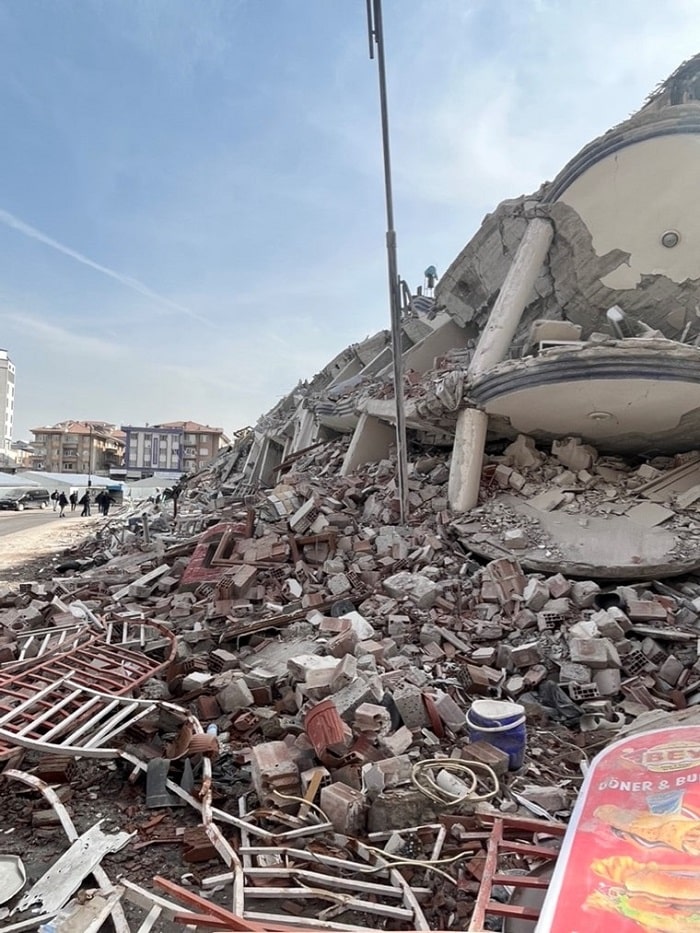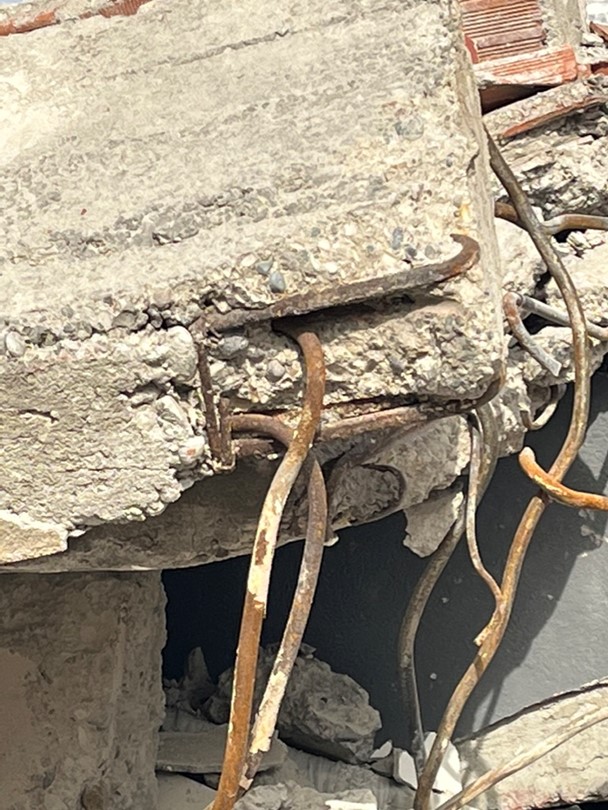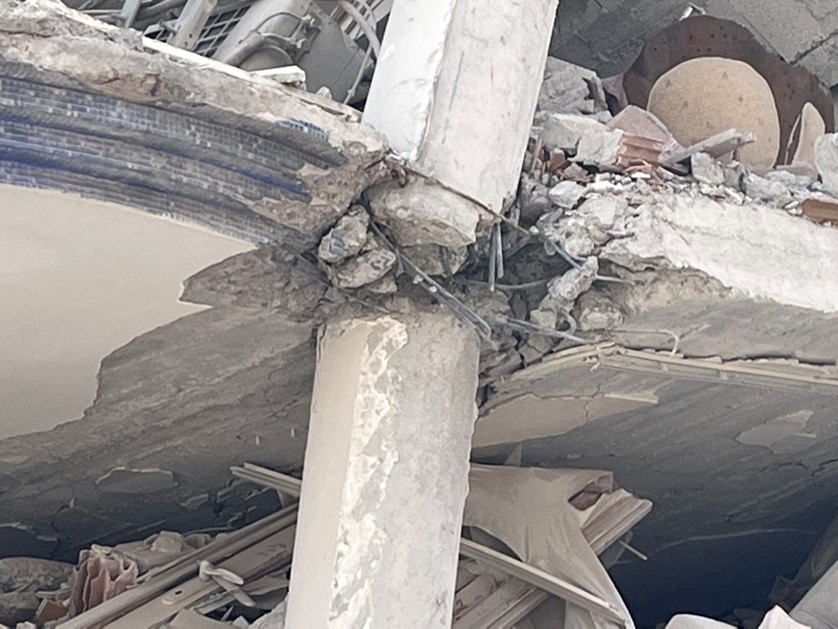By Mustafa Mahamid, Brindley Engineering, Structural Engineering Consultant
Welcome to part 1 of a 2-part series by one of Brindley Engineering’s subject matter experts in concrete reinforcement. Two large earthquakes with a moment magnitude of 7.7 and 7.6 hit eastern Turkey (Türkiye) and north Syria on February 6, 2023. The epicenter of the first earthquake was Kahramanmaraş-Pazarcık, where the second was in Kahramanmaraş-Elbistan. Their effect extended to 11 provinces in southern Turkey causing massive collapses and damage to buildings, bridges, airports, ports, retaining structures, hydraulic structures, lifelines, etc.
More than 100,000 buildings collapsed or were heavily damaged.
Key Observations
As the modern Turkish code was put into effect in September of 1998, building investigation could be divided into two categories, buildings constructed before the year 2000, and buildings constructed after the year 2000. In Part 1 of this series, the focus will be on the buildings constructed before the year 2000.
Based on our observations, most of these buildings were constructed with smooth rebars, low concrete strength, and poor reinforcement detailing. From an engineering standpoint, these factors are key to earthquake resistant design. The use of smooth rebars was a practice in the world several decades ago but was changed to ribbed rebars to provide better bonding between concrete and reinforcement. Figure 1 shows a sample of the use of smooth rebars in a reinforced concrete building.
Concrete strength is another issue. Our understanding is that in many cases the concrete was prepared and poured onsite without any sample concrete strength tests. Reinforcement detailing is the key for energy dissipation during the earthquake; no proper detailing was observed in all buildings observed during the visit. This is mostly due to the lack of requirements in the old Turkish code and due to lack of the engineers’ knowledge in earthquake resistant design. Figure 2 shows a sample building collapsed due to lack of proper joint detailing and lack of a proper lateral system. Figure 3 (above) shows a close look at a slab-column connection without proper detailing.
Many building or facility owners attempt to cut costs by limiting or eliminating construction quality assurance and quality control (QAQC) activities. Construction QAQC plays a vital role in ensuring a safe, quality-built structure.
In Part 2 of this series, we expand on this conversation and present more failure modes observed in buildings constructed before the year 2000.
More From This Series:




0 Comments